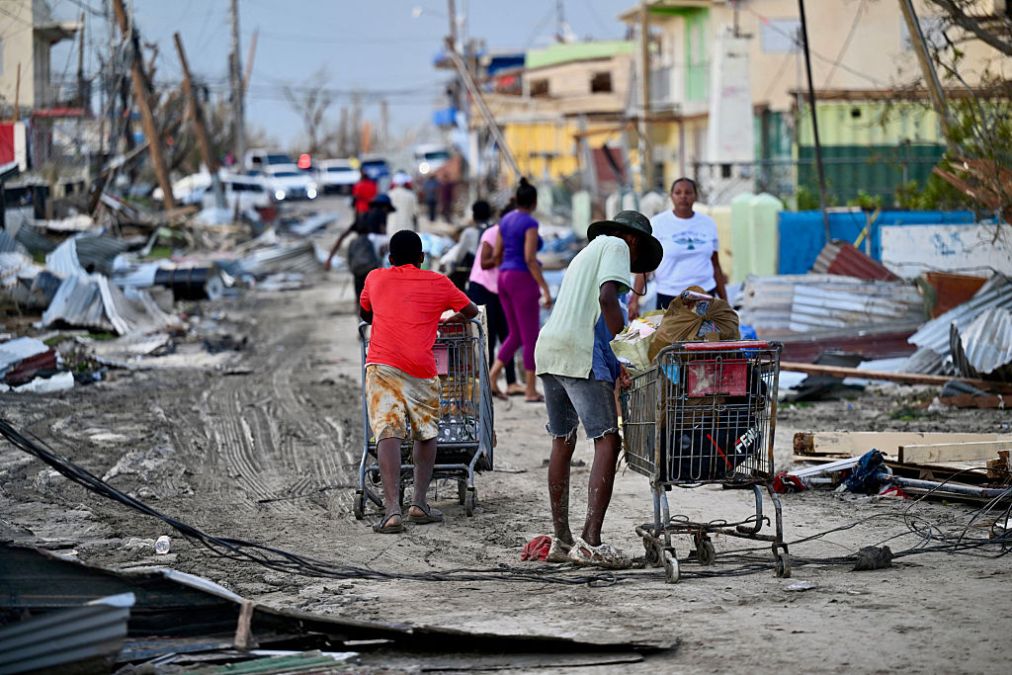
UPDATE: Hurricane Melissa has devastated Jamaica, making a catastrophic impact as officials report at least 50 dead and 90% of homes destroyed in the Black River area. The storm, which struck the west coast on October 28, 2025, unleashed peak winds of 185 mph, leading to urgent search and rescue efforts.
This disaster marks a critical moment for Jamaica’s recovery, as the nation grapples with the immediate aftermath and the daunting task of rebuilding. The U.S. State Department has announced the mobilization of emergency teams, but uncertainty looms over the effectiveness of the response amid recent cuts to international disaster assistance programs.
Officials emphasize that Jamaica will require significant international support to recover, recalling past disasters in the Caribbean, such as the 2010 Haiti earthquake and Hurricane Maria in 2017. Recovery efforts in these instances faced major challenges due to historical inequities and social vulnerabilities, which could hinder Jamaica’s recovery as well.
As the nation assesses damage that could reach into the billions, the focus shifts to how recovery efforts will unfold. Jamaica has made strides in disaster preparedness; it was the first country to fully engage in the Making Cities Resilient 2030 (MCR2030) initiative, which aims to bolster disaster resilience through community networks and professional collaboration.
The island has also invested in catastrophe bonds, providing a financial safety net for disaster recovery. However, despite these innovations, the scale of destruction from Hurricane Melissa raises serious concerns about the adequacy of these funds.
Experts warn that the path to recovery must address both physical and social vulnerabilities. The impact of socioeconomic factors can significantly influence recovery outcomes. For instance, the Haiti earthquake resulted in roughly 222,000 deaths due, in part, to entrenched poverty and lack of infrastructure, while Japan’s 2011 earthquake, with a higher magnitude of 9.0, led to around 20,000 deaths primarily due to a tsunami, reflecting the importance of preparation and resilience.
“Recovery from disasters offers a chance to reconsider both the physical and social arrangements of a society,”
said a disaster recovery expert, highlighting the need for a comprehensive approach.
Jamaica is committed to the Sendai Framework for Disaster Risk Reduction, which emphasizes a “Build Back Better” strategy, aiming to not only restore but improve upon the pre-disaster conditions. However, as the nation navigates this challenging recovery phase, the focus must remain on community-driven solutions that empower local voices.
As search and rescue operations continue, the urgency for aid and support is palpable. The international community is urged to provide assistance quickly, as Jamaica embarks on a long road to recovery from this unprecedented disaster.
Stay tuned for further updates as the situation develops. The resilience and spirit of the Jamaican people will be crucial in overcoming this tragedy.




